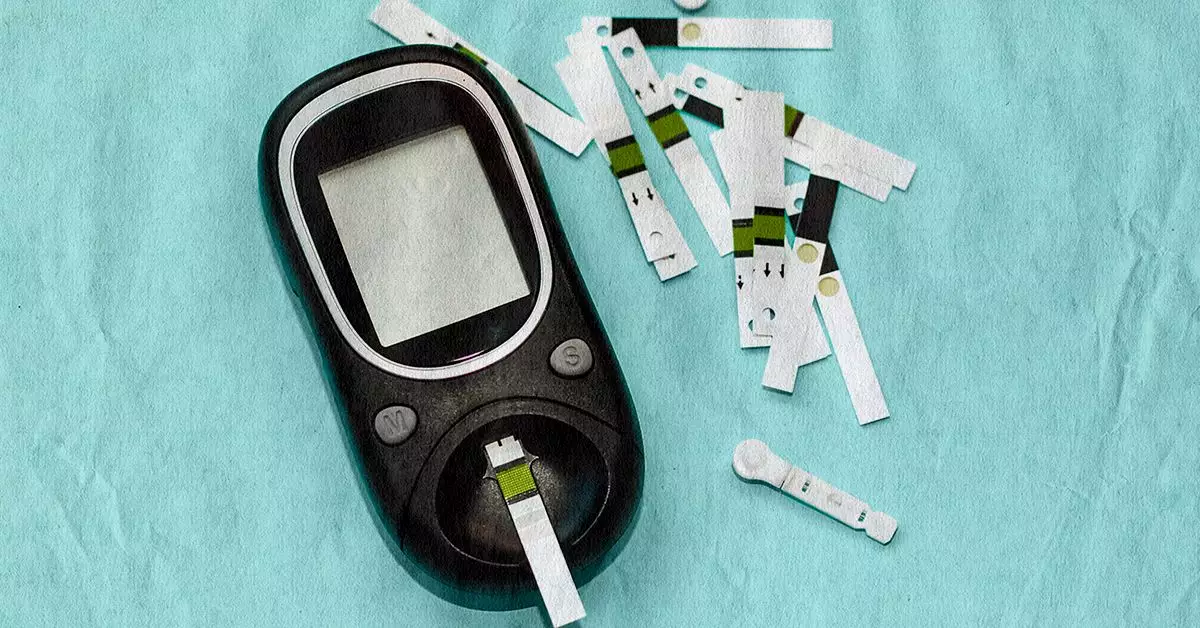Hypoglycemia is when blood sugar levels drop too low, with levels at or below 50 mg/dL considered dangerous. Glucose is the body’s primary energy source, essential for the proper functioning of all organ systems. Maintaining blood sugar levels within a healthy range is crucial to overall health. Factors contributing to hypoglycemia include diabetes medications, skipping meals, and intense exercise. Severe complications, such as seizures and coma, can result from a significant drop in blood glucose levels.
Health experts generally view fasting blood sugar levels at or below 99 mg/dL as normal, with those living with diabetes often provided with target ranges. The American Diabetes Association recommends target levels between 80 to 130 mg/dL before eating and less than 180 mg/dL within 2 hours post-meal. Severe hypoglycemia is classified as blood sugar levels around 50 mg/dL or lower, increasing the risk of unconsciousness, seizures, and coma.
If symptoms of low blood sugar are noticed, checking glucose levels is crucial. The 15-15 rule involves ingesting 15 grams of carbohydrates, waiting 15 minutes, and rechecking levels. Emergency situations may require administering glucagon, a hormone that quickly raises blood sugar levels. Injectable glucagon involves specific steps, such as mixing the solution and injecting into the thigh, buttock, or upper arm. Nasal glucagon, an alternative option, can be administered by inserting the device into the nostril and pressing the plunger.
Low blood sugar levels, typically below 70 mg/dL, are common in individuals with type 1 or type 2 diabetes and can also occur in anyone. Insulin plays a key role in regulating blood glucose, but errors in insulin injection or inadequate carbohydrate intake can lead to hypoglycemia. Additionally, intense exercise or alcohol consumption can contribute to low blood sugar levels.
Values below 50 mg/dL are considered severely low, posing a risk of losing consciousness and coma. In cases where an individual cannot eat, injectable or oral glucagon may be necessary, followed by a call to emergency services. It is crucial for friends, family members, or caregivers to be aware of how to administer glucagon and provide support during episodes of severe hypoglycemia.
Understanding the warning signs of hypoglycemia and having a plan in place for managing low blood sugar levels is essential for individuals at risk. Education, preparation, and quick action are key to effectively addressing hypoglycemic events and preventing severe complications. Regular monitoring, following medical advice, and having appropriate support can help individuals navigate the challenges associated with hypoglycemia.

